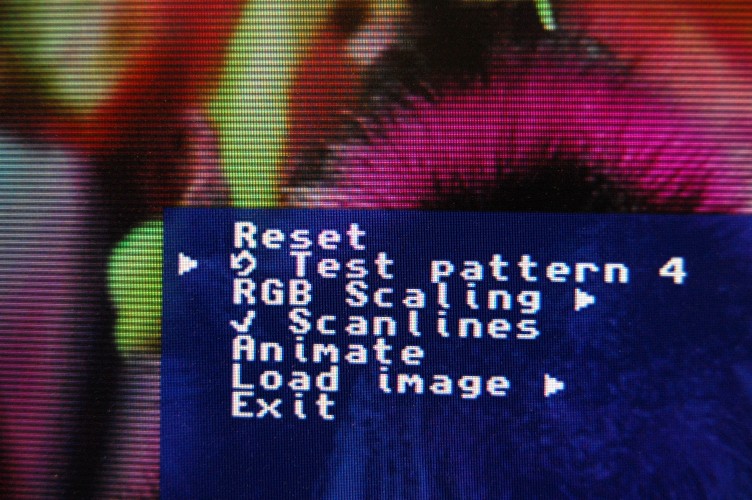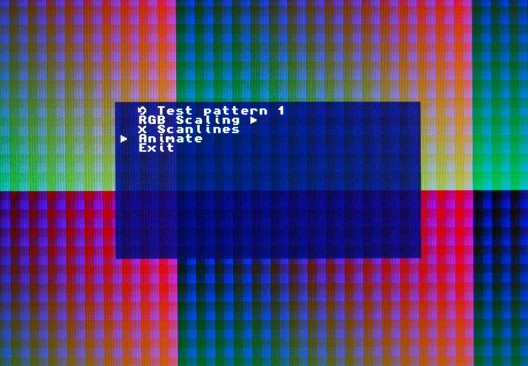2018-03-05
I’ve just made available an updated version of the Sega Megadrive / Genesis core for the Turbo Chameleon 64. The only change is to the joystick handling – I’ve untangled the joystick directions and remapped the buttons slightly.
There’s still not a lot of point in using a traditional 1-button C64 joystick with this, but I’ve also fixed a bug in my previous attempt which prevented the CDTV infra-red controller from working. This does now work, and the buttons are mapped as follows:
Play / Pause => Megadrive Start Volume Up => Megadrive A A => Megadrive B B => Megadrive C
I’ve mapped Volume UP to button A simply because it physically feels in the right place. The CDTV pad isn’t super-responsive, so trying to use for serious gameplay is an exercise in frustration, but it does work, and the controllers are readily available from AmigaKit.
The new core can be found here: fpgagen_chameleon_20180305.zip


